Where to use?
Doorways
In some cases, slopes on the corners of walls are not covered by door frames, but are designed like the rest of the surface. Because the opening — whether it is a standard rectangle or a rounded arch, must have increased wear resistance, its outer corners need protection.
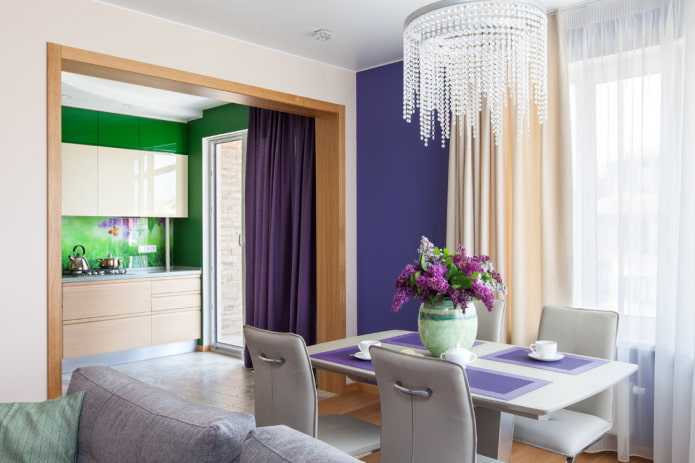
The photo shows the framing of a wide opening with wood-like trim
Outer corners
The ends need framing more: due to frequent friction and touching with hands, since wallpaper or paint on them quickly becomes unusable. External corners can be protected immediately during wall finishing, for this purpose decorative stone, plastic corners, wood, metal are used.
External joints pasted with wallpaper can be decorated later, when the appearance is spoiled. Possible options: decorative tape, wooden corners, plastic.
The corners of the walls in hallways, kitchens, and children’s rooms need protection the most. And also in places near switches or sockets.
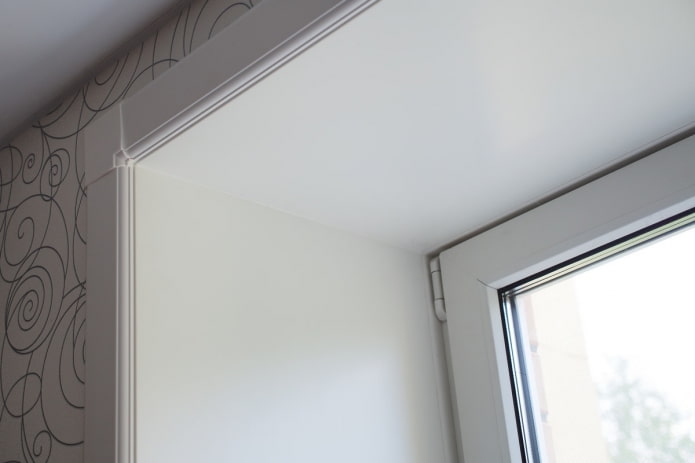
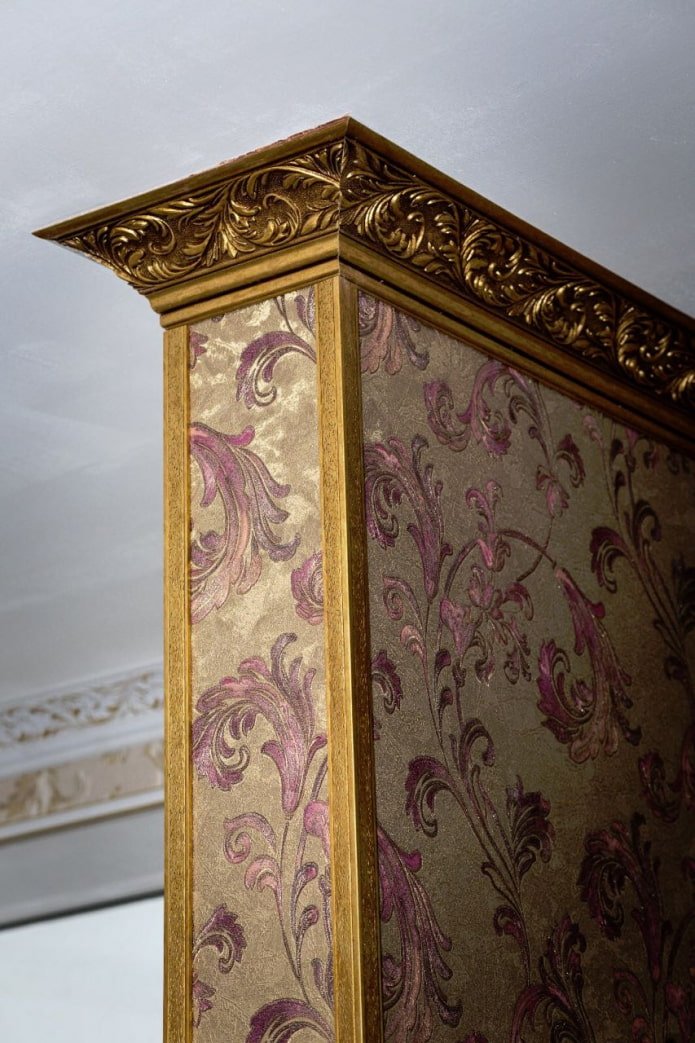
Internal corners
The decoration of the corner inside the walls has not so much a necessary, but an additional application. For example, to avoid creating a beautiful wallpaper joint, it is enough to bring 2 strips to the edge and close them with a wallpaper corner corner.
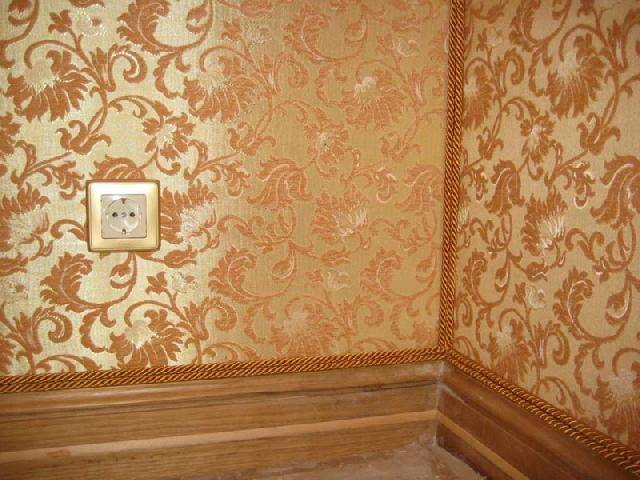
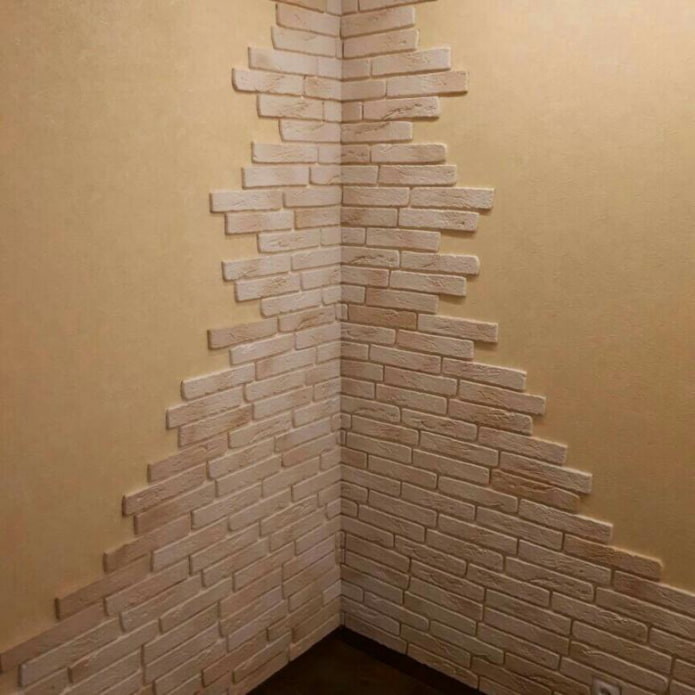
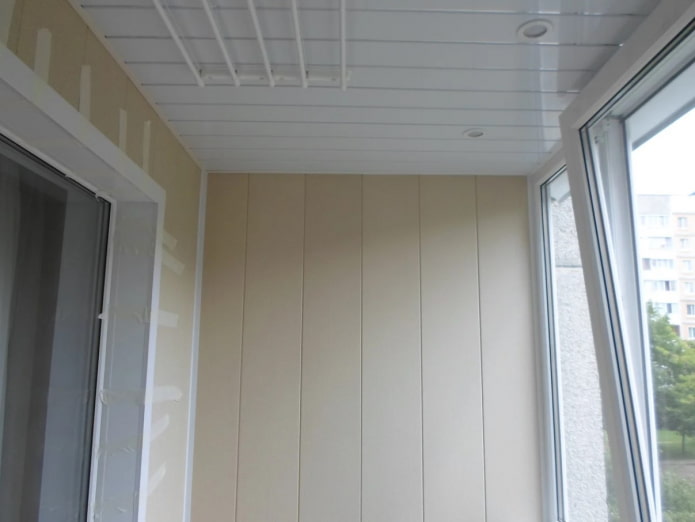
Partitions
When zoning the space with plasterboard structures, think in advance about the design of the corners, which will match the overall design. The task is the same – to protect the corners from damage.
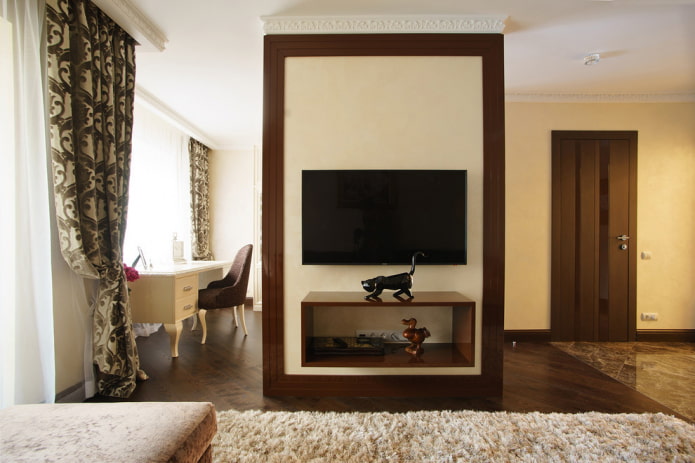
Slopes
The finishing of windows and doors does not always imply beautiful abutments to the walls. To cover the uneven edge of the wallpaper and to improve the appearance of the window, door or window slope, use decorative corners.
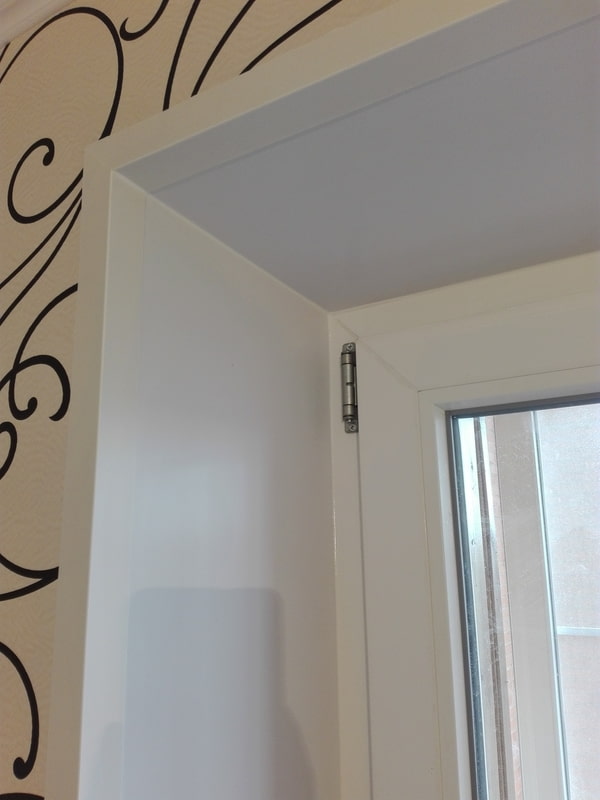
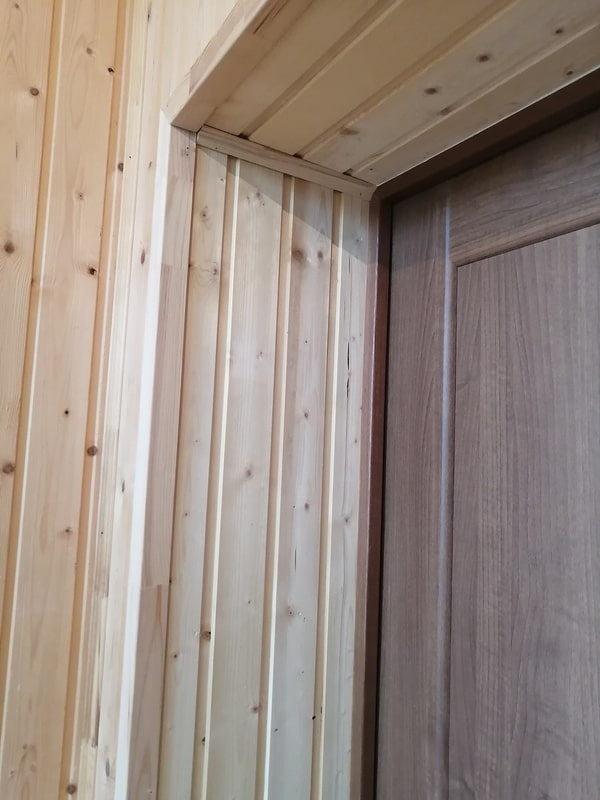
Why do you need to decorate?
There are 3 main reasons to install decorative corners on the corners of the walls:
1. Protection. As already mentioned, the outer corners need additional protection, because the material on them wears out very quickly from friction, accidental impacts, and other mechanical damage. The exception is wall finishing with washable paint, tiles or porcelain stoneware, wood.
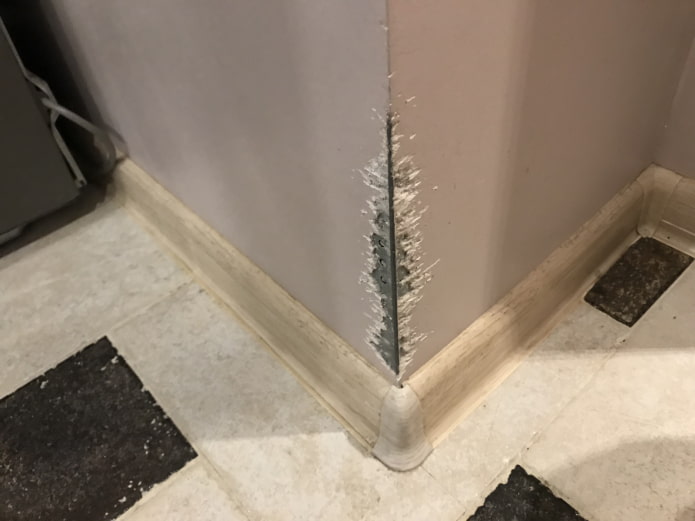
The photo shows an example of a damaged corner in the hallway
2. Alignment. It is quite difficult to bring the joint of two sides at 90 degrees with plaster – without experience it is almost impossible to do it yourself, and the work of a specialist will cost a lot of money.
To simplify the task, use special leveling corners under the putty or external decorative elements after finishing.
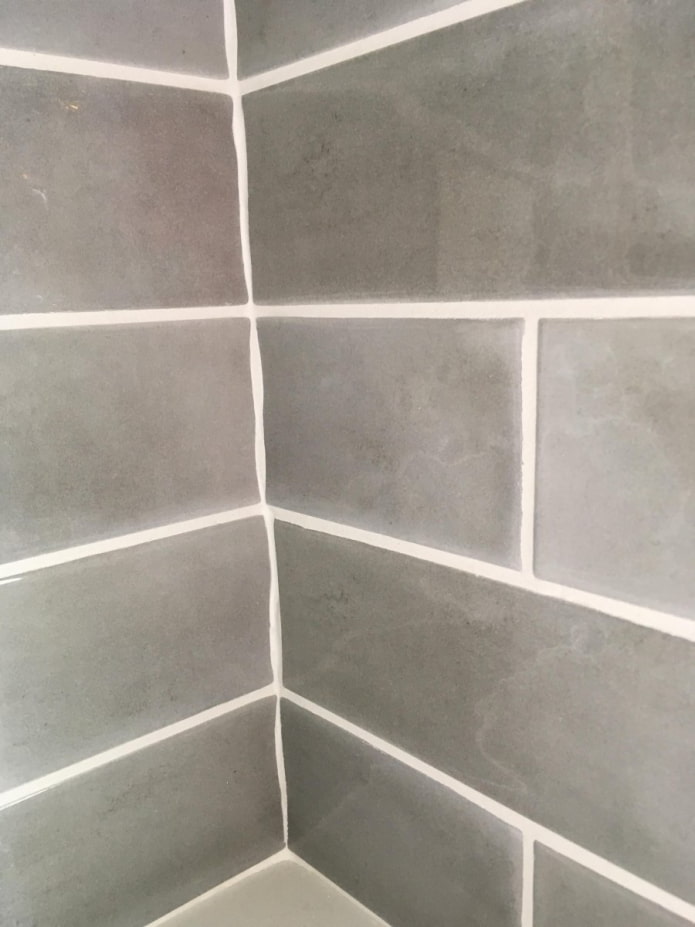
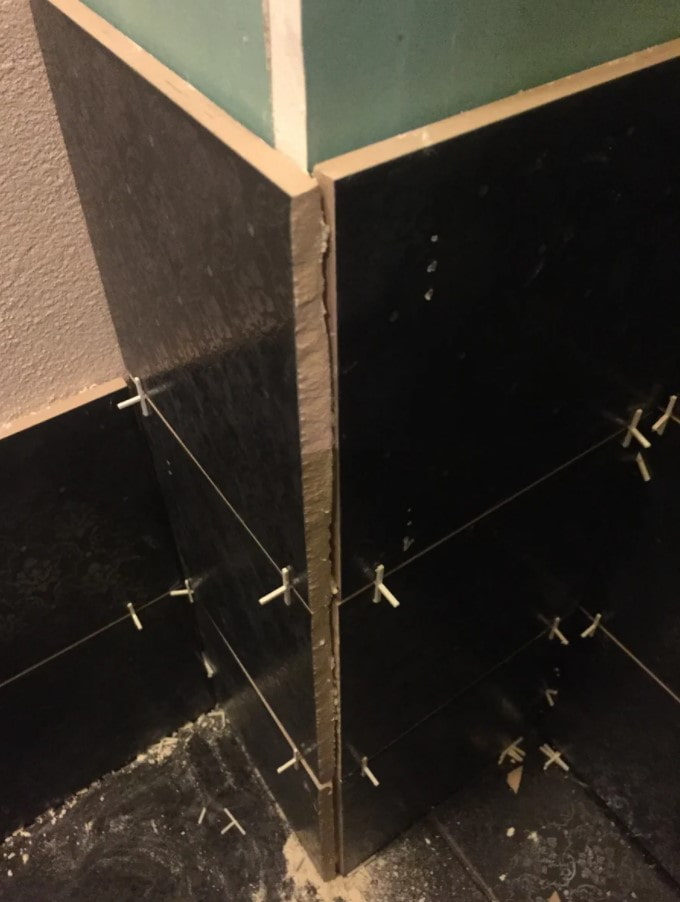
3. Decoration. Of course, modern building standards for high-quality repairs require cutting tiles at 45 degrees, ideally puttied corners for painting.
But when doing the finishing in the bathroom with your own hands without special equipment, it is impossible to cut ceramic tiles. Then metal corners and joints come to the rescue, allowing you to both connect two tiled walls together and cover their edge.
The decorative function is also necessary when joining different materials – colored wallpaper with plain wallpaper, wallpaper with paint, paint with tiles, and so on.

What can you use to decorate corners?
The main thing in decorating corners is to choose the right materials.
Plastic corners
Most often used to protect corners. Advantages: cheap, easy to work with (cut with a knife or scissors), a large selection of colors (from plain white to imitation wood). Plastic is easy to install: liquid nails and masking tape are enough. Another plus is that soft corners are suitable even for uneven abutments – they bend in the range from 80 to 100 degrees.
Corner profiles come in different widths – from 1.5 to 5-6 cm. Narrow ones look minimalist, do not attract attention, but cope with the main task. Framing from wide 4-5 cm planks looks more solid.
Important! For arched openings, windows, there are special “arched” corners: they easily repeat the contours of the corners. They are made of soft plastic or other polymer that does not bend, easily bending around any curves.
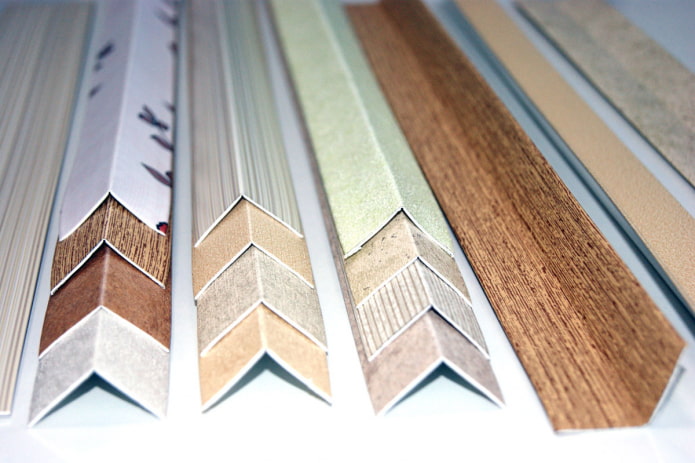
The photo shows color options for PVC corners
Artificial stone
In classical styles, stone or imitation cladding is often found. Moreover, both standard minerals and more technologically advanced ones are used in the work – for example, flexible ones. The advantages are obvious: glued stone decor of corners is not afraid of anything. The disadvantages are the high cost of the material, the difficulty of dismantling.
A more modern alternative is brick. You can buy decorative tiles or make imitation brickwork yourself using a stencil and putty or plaster.

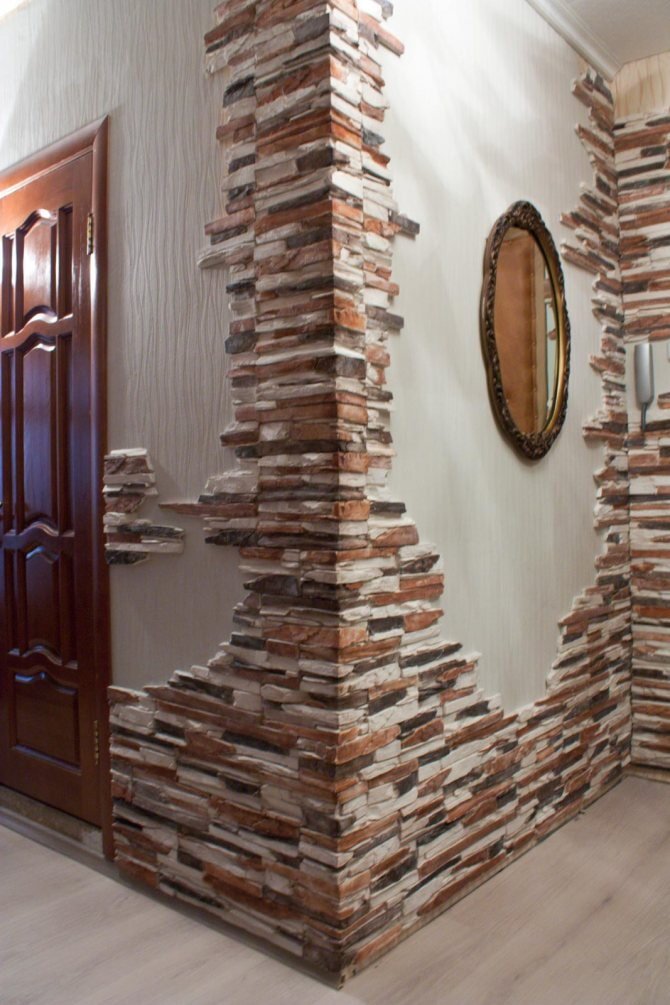
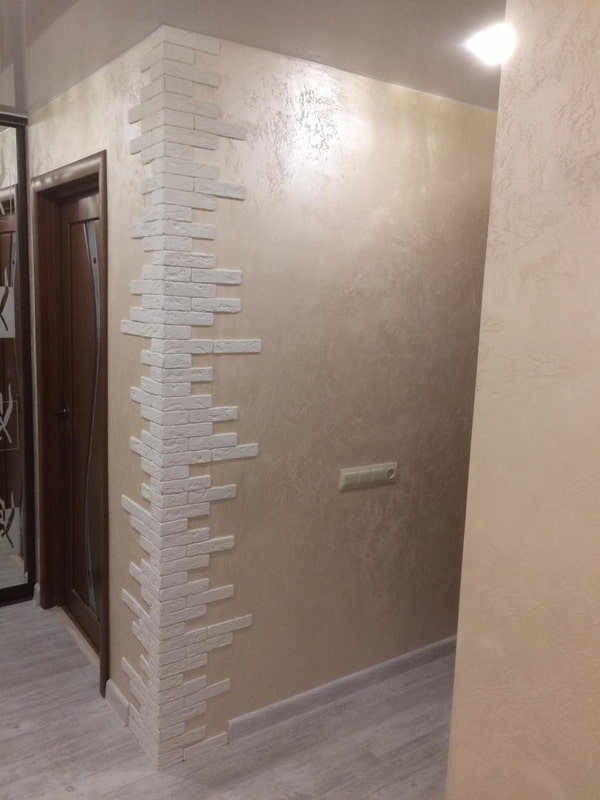
Wooden
Natural wood is a universal material. It is used in wall finishing, decoration and protection. There are many advantages of working with wood. First of all, it is natural, environmentally friendly, and decorative: unlike PVC, wood can be not only flat, but also carved. In addition, there are great possibilities for changing the color: from any shade of wood with the preservation of texture, to colored with its painting.
Among the disadvantages of wood is the relative complexity of processing. It is more difficult to adjust to size than plastic. In addition, before use, you will have to sand it (although polished products can be found on sale), paint it. The second disadvantage is that the angle is exclusively even; it is impossible to widen or narrow it a little.
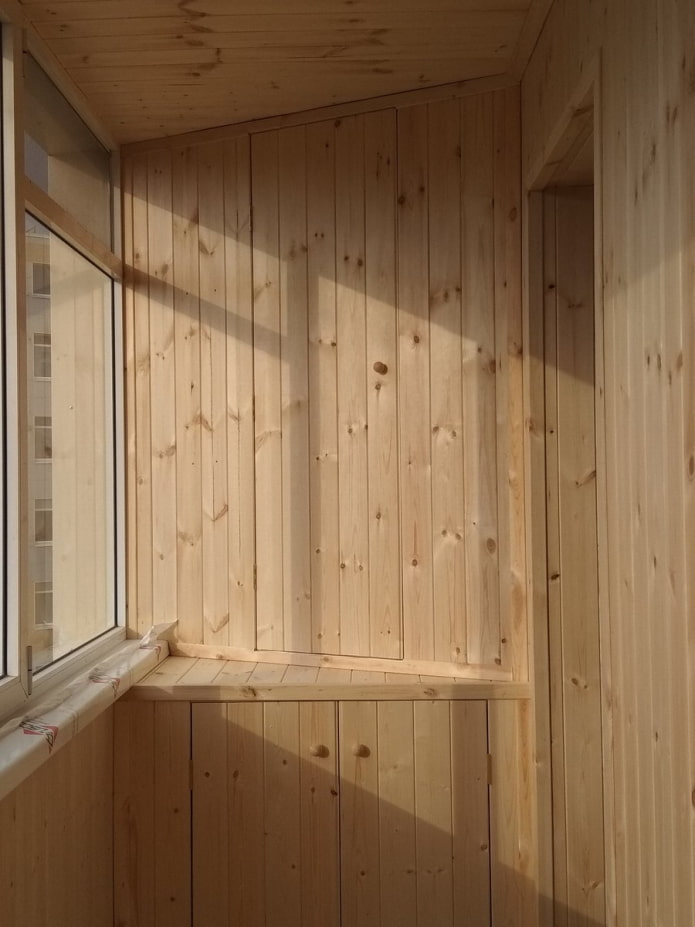
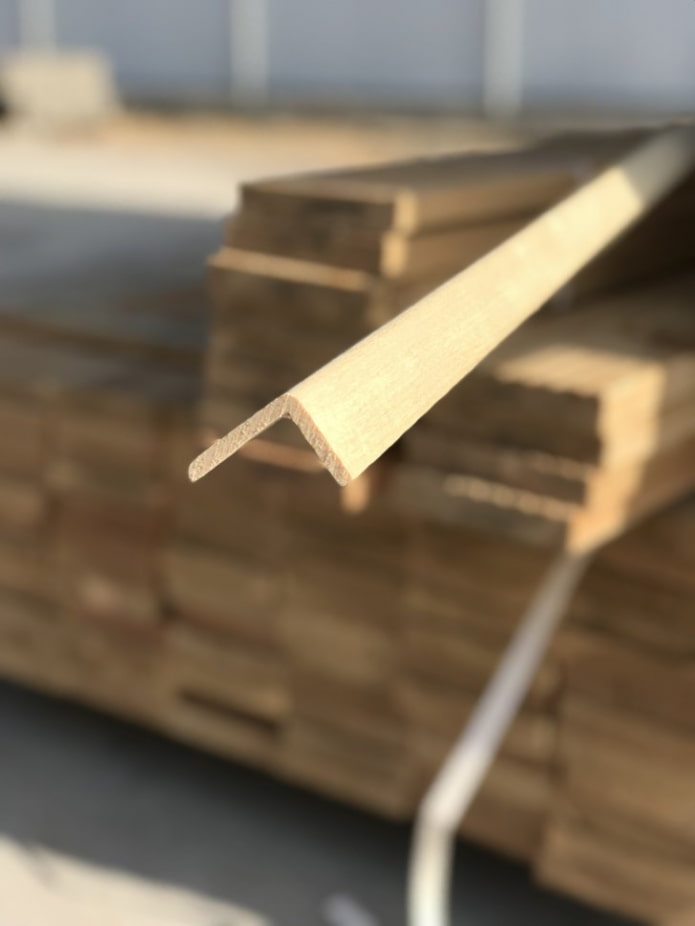
MDF
An excellent alternative to natural wood is corners made of fiberboard. They imitate any type of wood, bend to absolutely any angle, are completely ready for use, are easily installed on the corners of walls in an apartment, and have a large margin of safety. The manufacturing process does not involve the addition of resins, so MDF is the most environmentally friendly of all fibrous materials.
There is only one drawback – size. Standard planks are produced in lengths of 2600 mm, if the ceilings in the apartment are higher – they will not be enough for the entire height, or you will have to install them tightly between the ceiling and floor plinths.
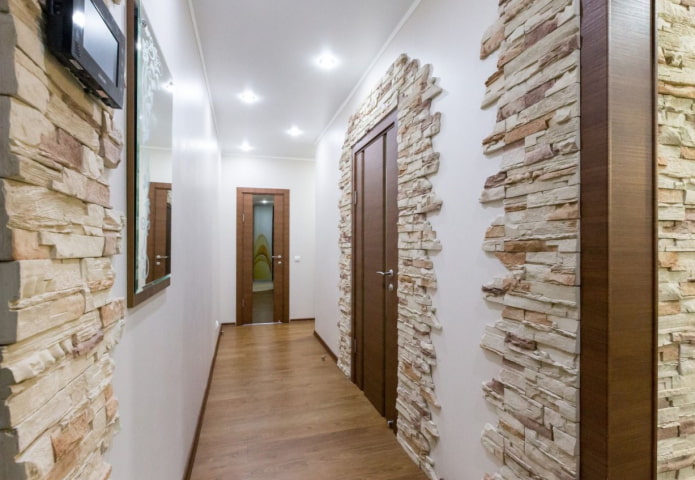
Metal
Metal in the decor of corners is usually used in combination with tiles. The profile does not wear out, is not afraid of moisture (if specially treated), looks expensive.
But durable iron does not change shape (only an even 90-degree angle), it is difficult to cut to the desired length and attach it in place.
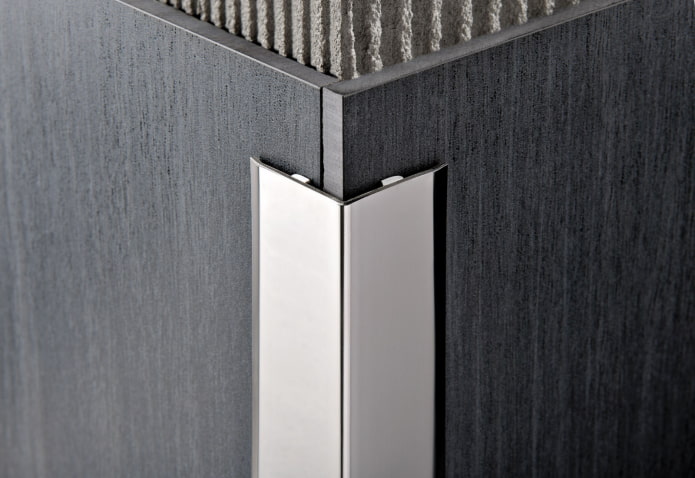
Mosaic
Flexible small tiles, especially self-adhesive ones, are an excellent quick option for protection and spectacular decor. More modern than stone, cheaper, easier to install and dismantle. Relatively inexpensive, easy to cut, holds firmly.
Column
They are made of various materials – from lightweight polyurethane or duropolymer to stone, concrete. Suitable only for classical style or palace interior stylization: baroque, art deco.
It is better to use it sparingly — do not decorate all free spaces with columns.
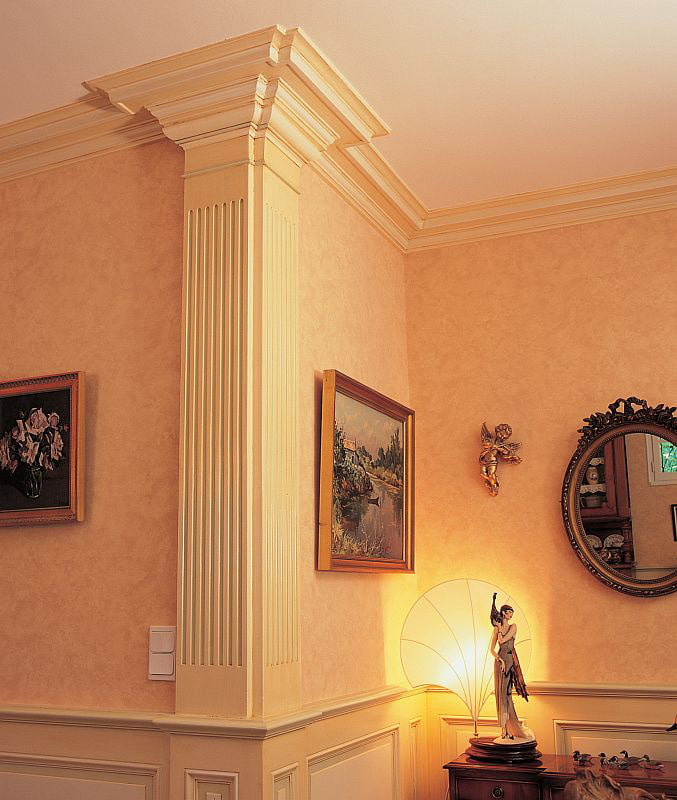
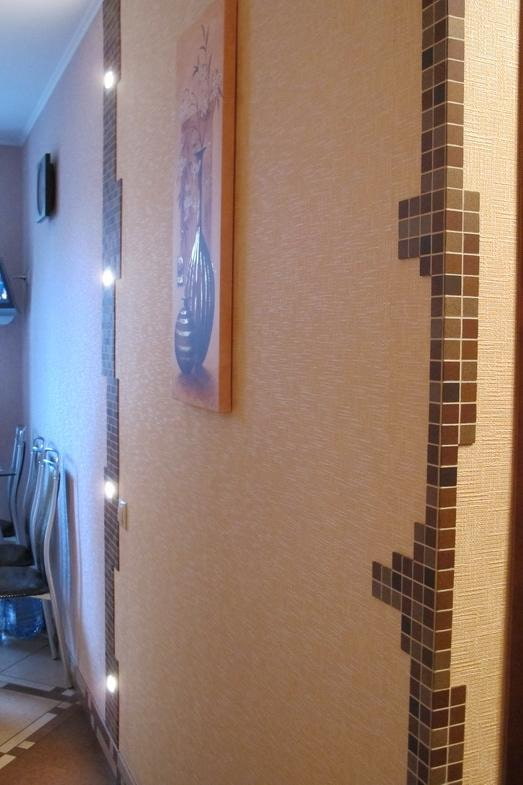
Silicone
Usually used in the bathroom or kitchen to cover the junction of the sink to the countertop, the bathtub to the wall, the countertop to the wall. It is easy to install, but after a while it loses its aesthetic appearance and requires replacement. It is not used for finishing works.
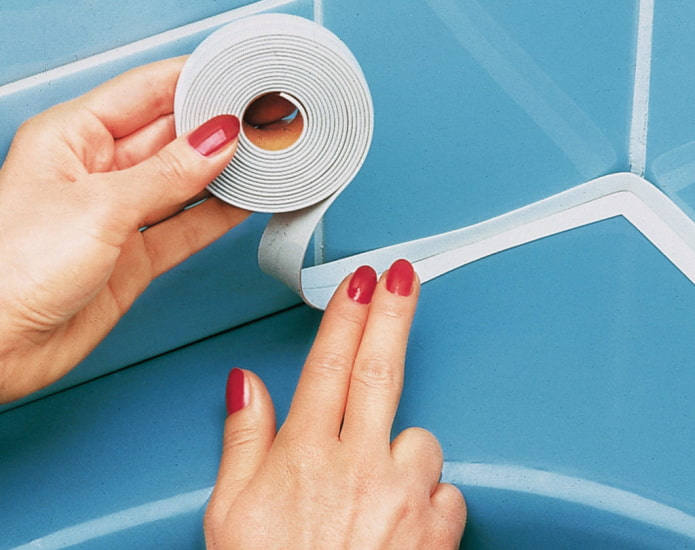
Features of installation by material
Fastening corners for internal or external wall corners depends on 2 factors: the material of the corner itself and the wall covering.
- Wallpaper. Decor made of plastic, wood, MDF is glued to almost anything: from double-sided tape (not the most reliable option) to special mounting glue. The main thing is to choose the right composition: for non-absorbent surfaces (plastic) or porous (wood, MDF). Metal structures require a particularly strong adhesive due to their weight.
Advice! If you use glue, regular masking tape will act as a retainer for the corner in the right place until it dries completely. Just press the corner strips to the adjoining walls.
- Tile. Joints or baseboards for tiles usually have a special protrusion installed under the tile, due to which the corner decor is firmly held in place. There are also metal external parts of different sizes for finishing corners, they are glued with epoxy, polyurethane glue.
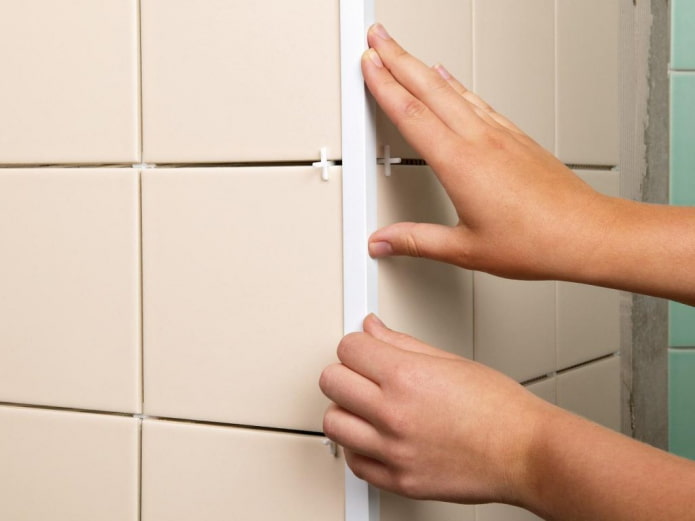
- PVC panels. Plastic corners are standard with plastic panels, installed during their installation – they are securely attached to the profiles using a simple stapler or self-tapping screws. If the task is to decorate the finished finish, use a corner without partitions and suitable glue.
- Plaster, concrete. Porous rough surfaces are not the best base for glue. However, if the task is to make the end face smoother using an internal panel, you can attach it with ordinary finishing putty.
Important! Be sure to read the recommendations of the manufacturers of adhesives: what layer to apply, how long to dry, for what materials, rooms (dry, damp, unheated) are suitable. Following the instructions guarantees a long service life of the finished structure.
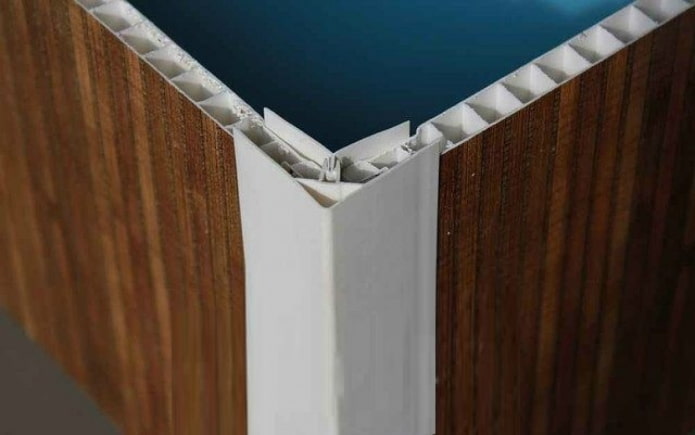
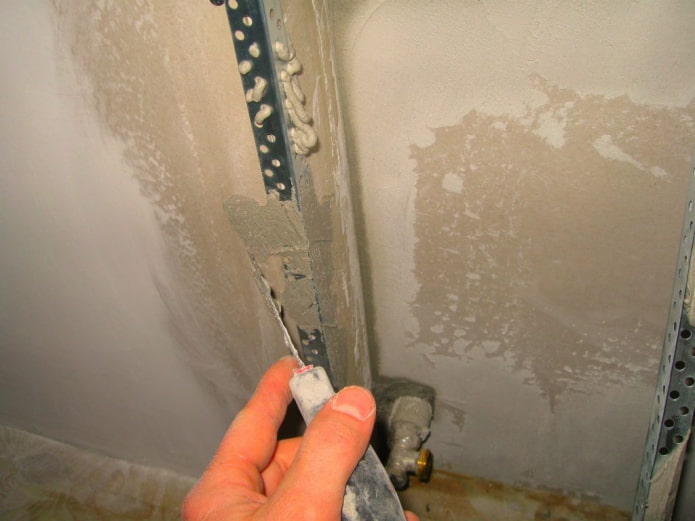
- Wood. In private wooden houses, it is most logical to choose the same corner decor for framing. Firstly, they match the pattern. Secondly, they have the same properties – which means they will shrink and expand equally. As a rule, nails without heads are used in the interior, but small lightweight elements can be held with ordinary wood or PVA glue. This method is also suitable for rooms in apartments that have been decided to be covered with clapboard — corridors, balconies, bathrooms.
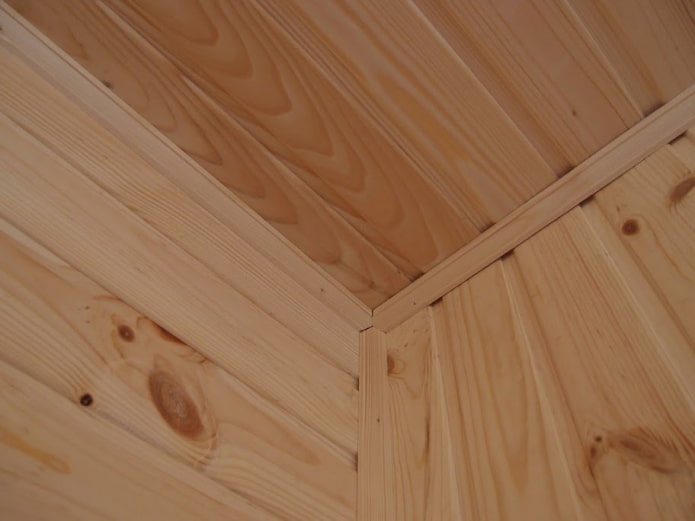
The photo shows fastening an internal corner to wooden walls
Decorative examples in the interior
If ordinary corners seem boring or do not fit the style, but it is necessary to disguise an unsightly joint or defect, there are other ways to decorate corners.
- Furniture. You can literally close the internal corner with a cabinet or shelving unit. This method is best suited for bedrooms and living rooms. Rearrange the furniture by moving a tall cabinet to the damaged area.
- Decor. Decorations such as paintings and photographs in frames solve the problem of empty, unsightly corners. You can find diagrams on how to hang photos correctly on the Internet. The method is not ideal – for example, children can touch or drop frames while playing, but the corner will look finished.
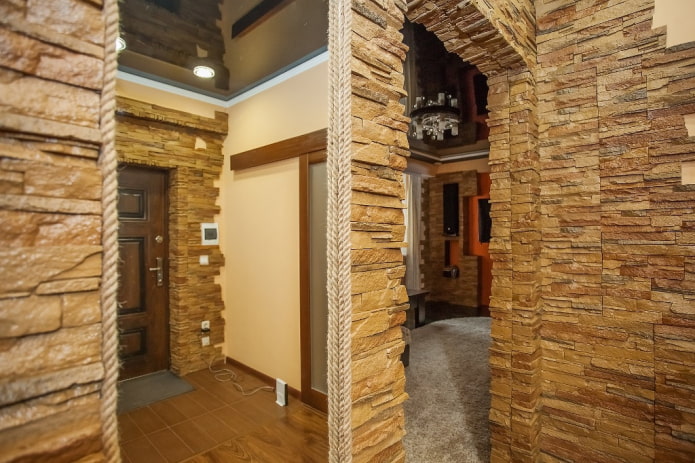
The photo shows the end faces being finished with ropes
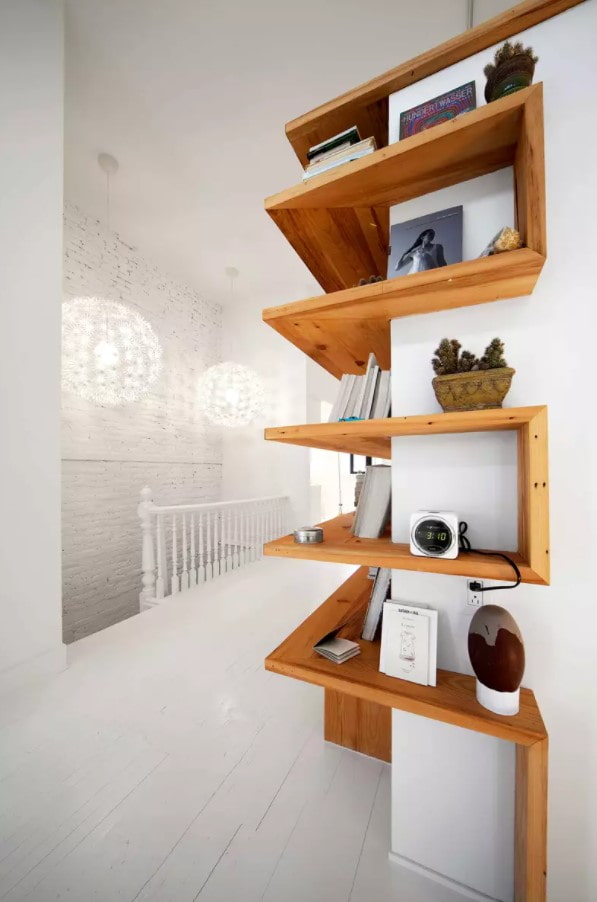
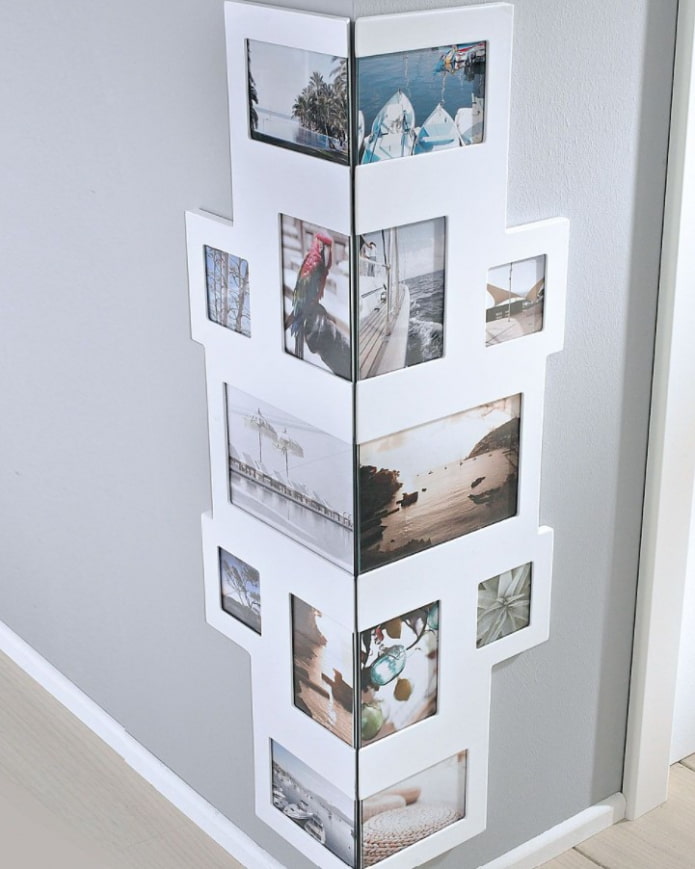
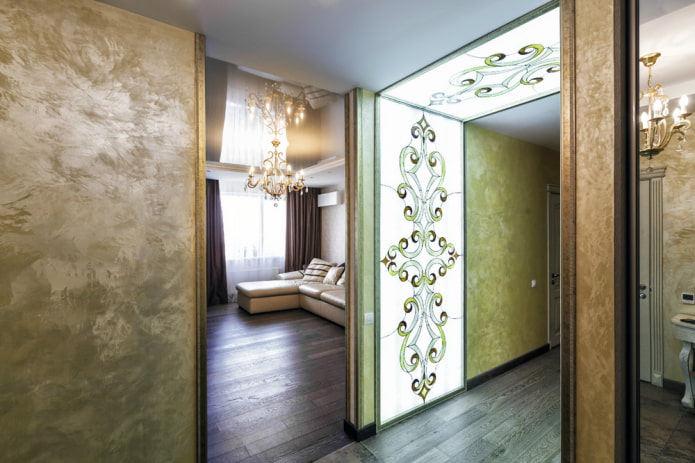
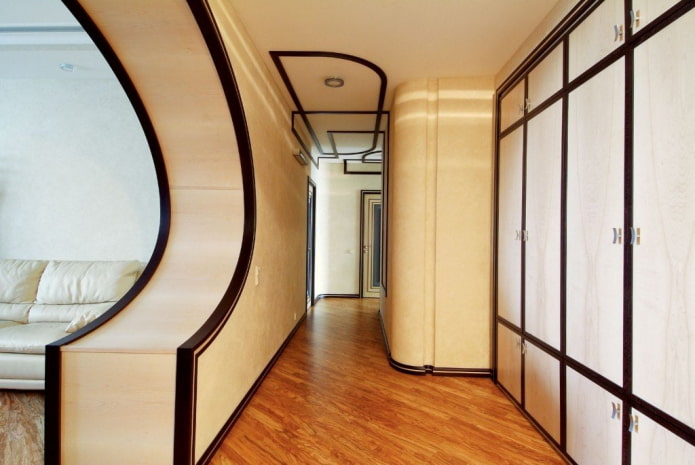
Decorative corners greatly simplify the finishing process: do not be afraid to use them in repairs if you are not confident in your abilities or simply want to extend the life of the coatings in the so-called “stressful” zones.
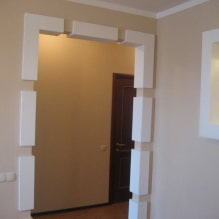

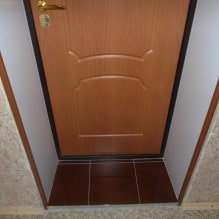

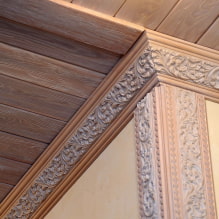
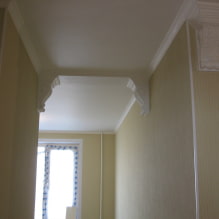
Now reading:
- Installing PVC panels on walls and ceilings: preparation and detailed steps
- Narrow Corridor: 45 Photos of the Hallway and Stylish Design Ideas
- Mint Kitchen: 40 Inspiring Photos and Design Solutions.
- Discover the All-New Mercedes SL: Luxury Redefined
- 41 Inspiring Mediterranean Kitchen Photos: Best Design Ideas